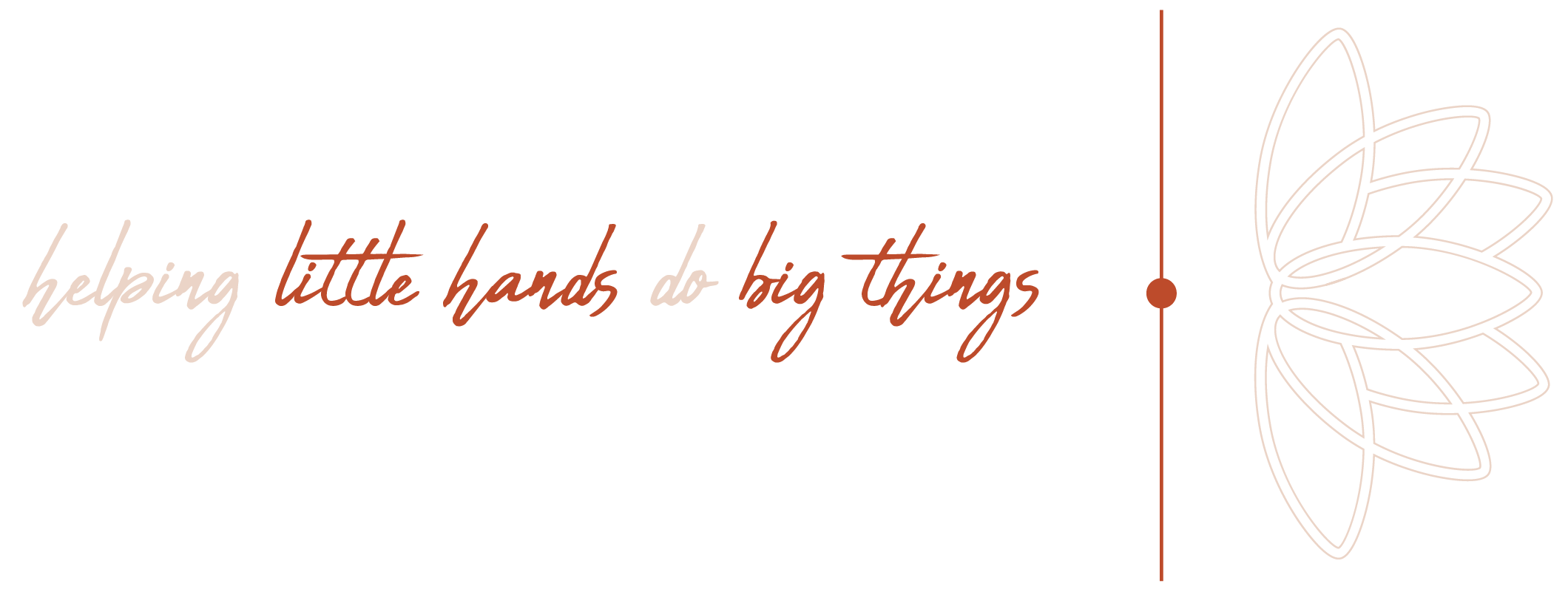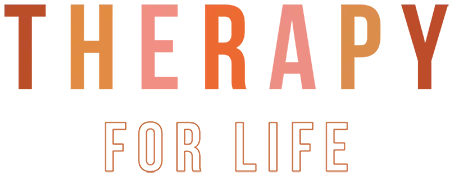Blog
New Genetic Discoveries Shed Light on Stuttering
Researchers wanted to understand better why some people stutter, a speech disorder that makes it hard to speak smoothly. To do this, they studied the DNA of a very large group of people—over 10,000 people who stutter and more than 800,000 people who do not.
They looked for tiny differences in the genetic code (called genetic variants) that are more common in people who stutter. By comparing the DNA of both groups, they found several new genes linked to stuttering. Some of these genes are involved in brain development and function, especially in areas that control speech and language.
The study also found that stuttering is influenced by many different genes, not just one, meaning that stuttering is a complex condition with many genetic factors. The results help explain why stuttering often runs in families and may eventually lead to better ways to diagnose or treat stuttering.
Link Between Stuttering and Autism
Recent genetic discoveries about stuttering are shedding new light on how this speech disorder may intersect with autism spectrum disorder (ASD). Both stuttering and autism are neurodevelopmental conditions that can impact communication, and emerging research suggests there may be overlapping genetic factors involved.
Children with autism often experience speech and language challenges, including difficulties with fluency or repetitive speech patterns that can resemble stuttering. Some studies indicate that certain genetic mutations and neurodevelopmental pathways may contribute to both conditions, pointing to a possible shared biological basis.
Understanding these connections could lead to more targeted therapies and better support for children facing both stuttering and autism-related communication challenges.
Want to learn more?
Read the full article in Nature Genetics
Reference: Kraft, S.J., et al. (2024). Large-scale genome-wide analyses of stuttering. Nature Genetics. https://www.nature.com/articles/s41588-025-02267-2






